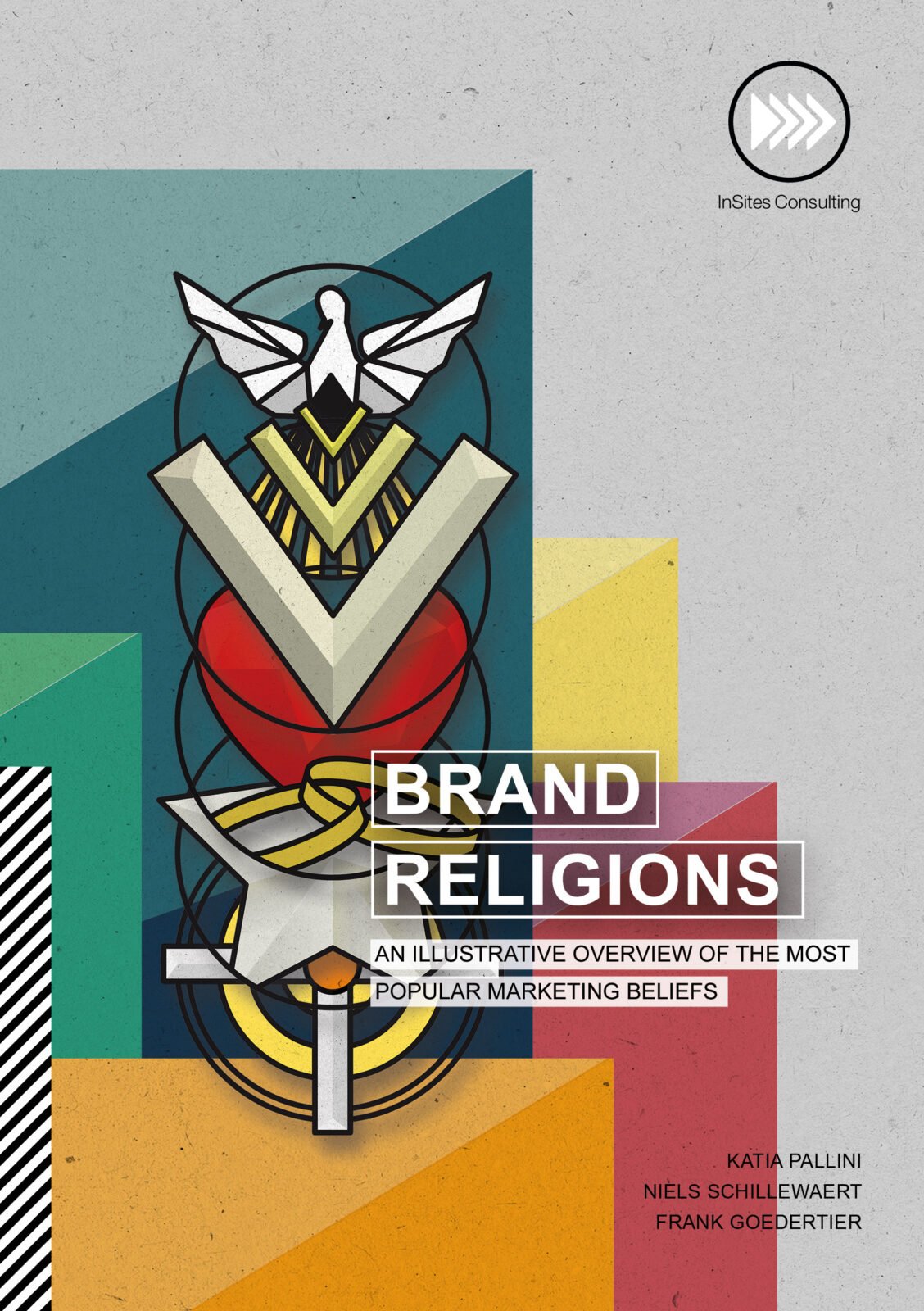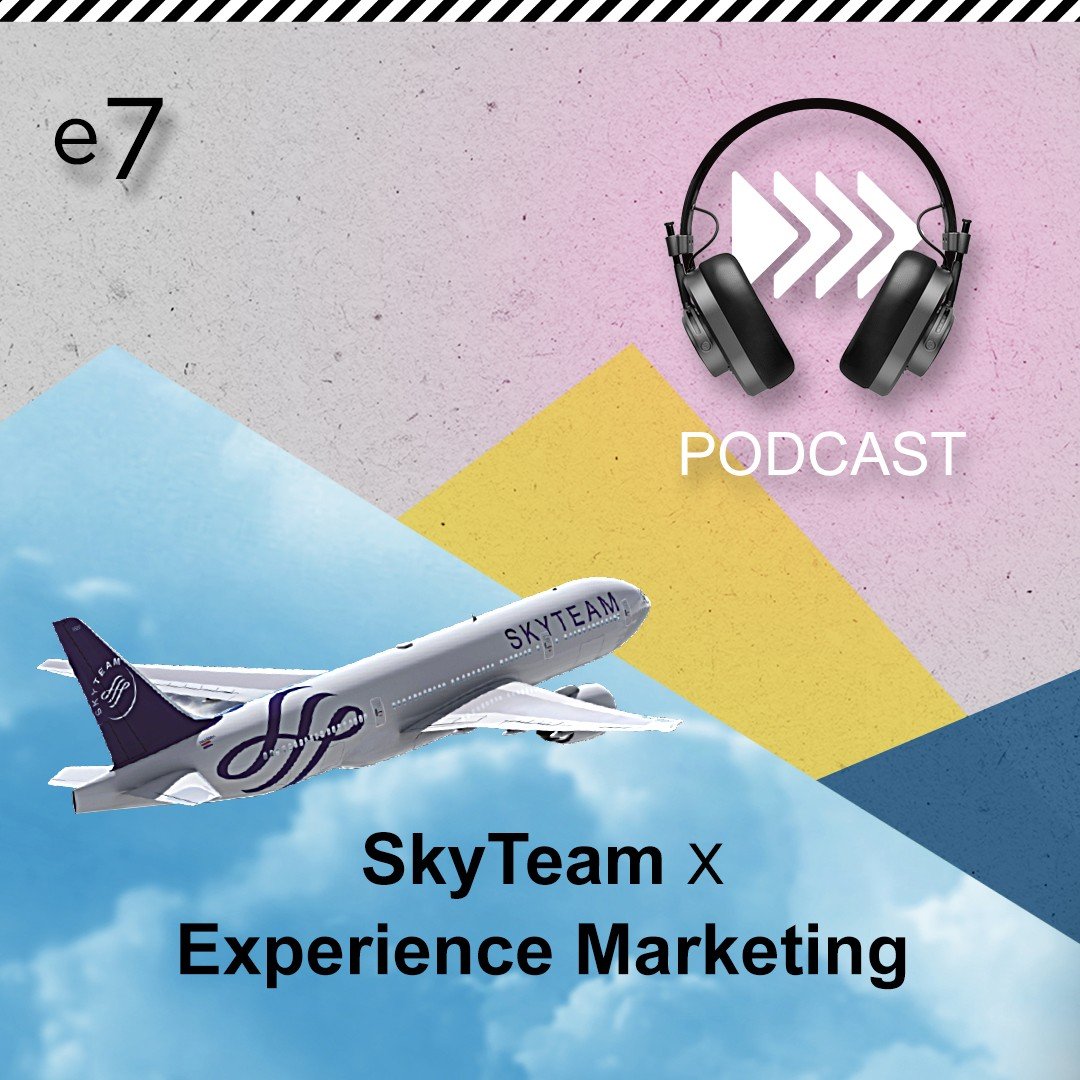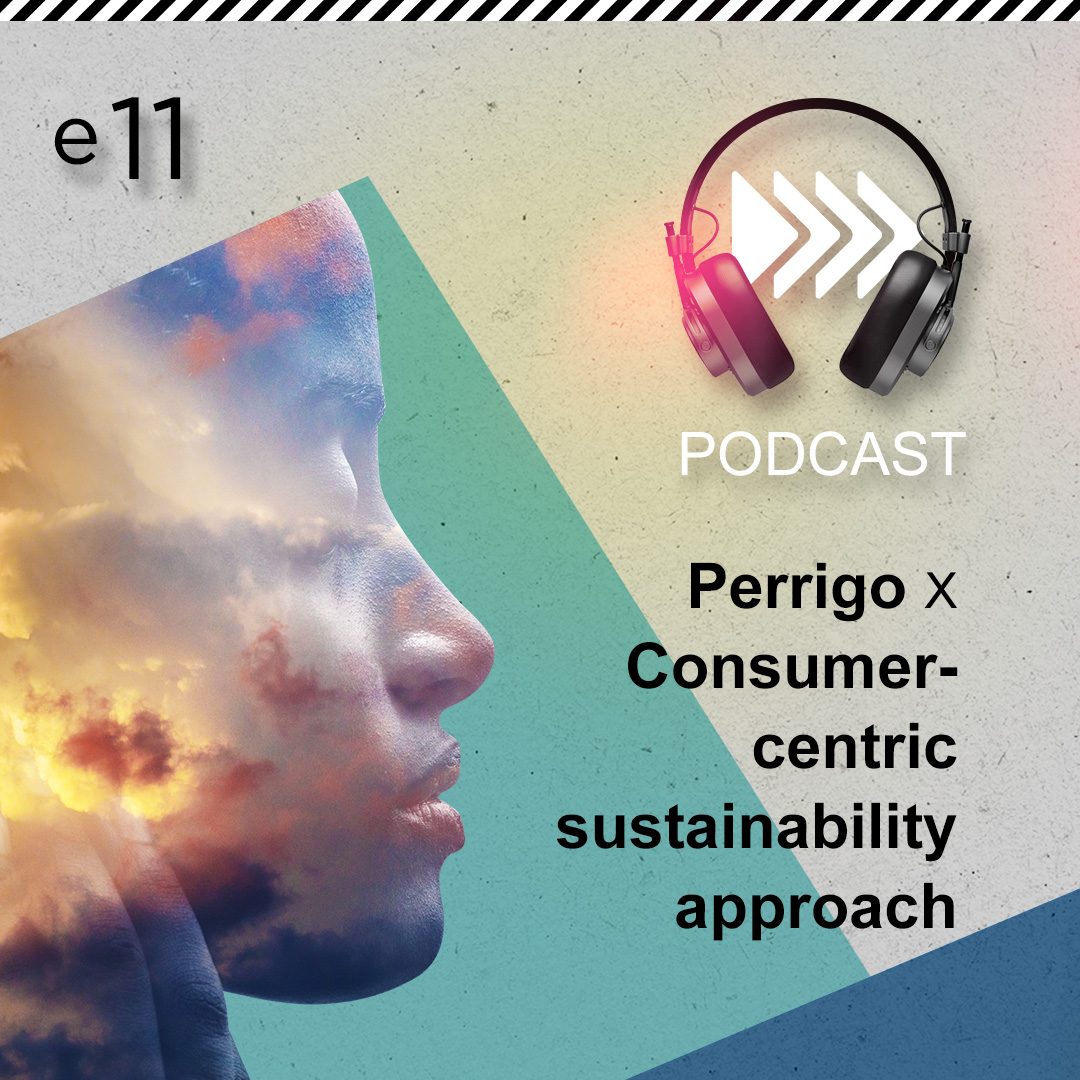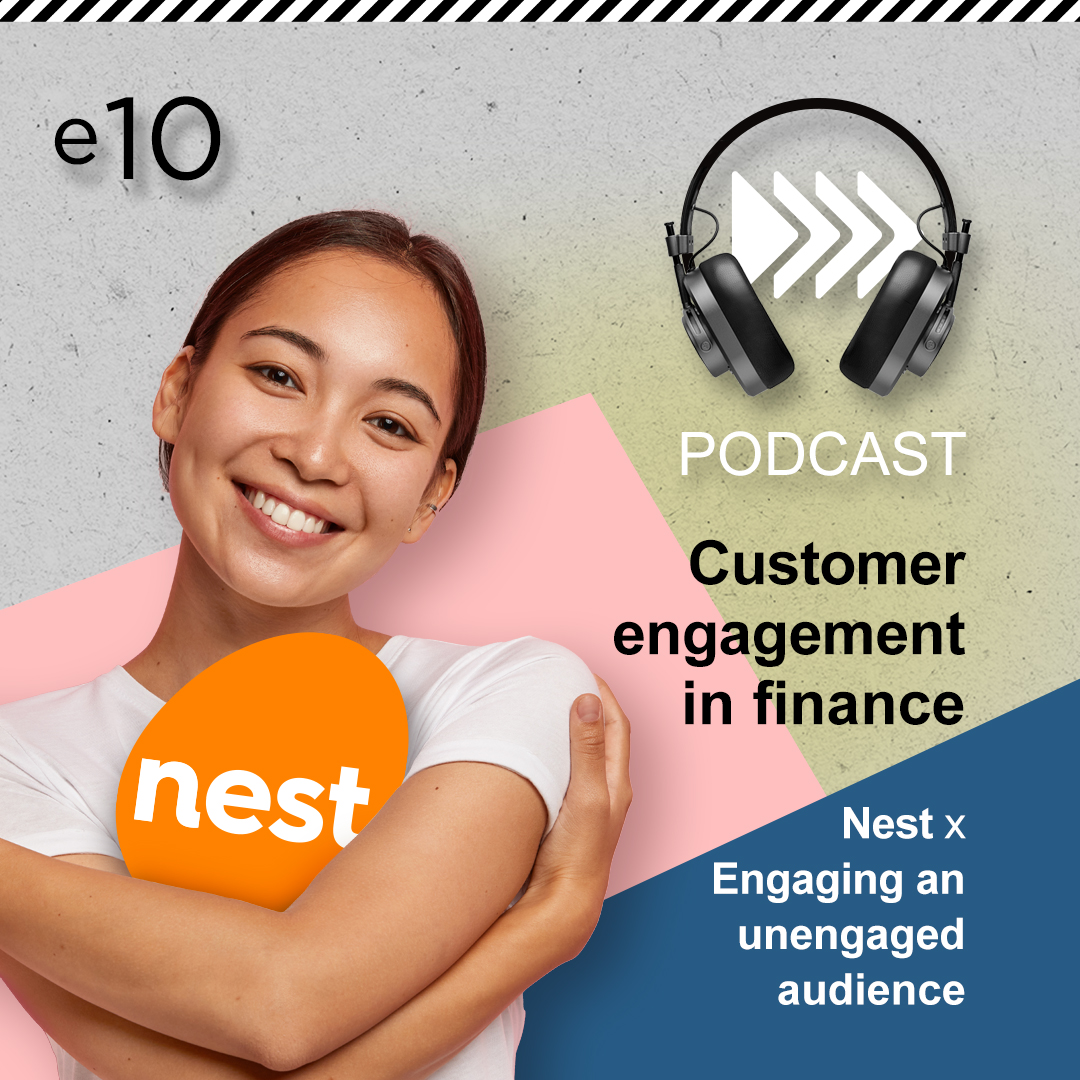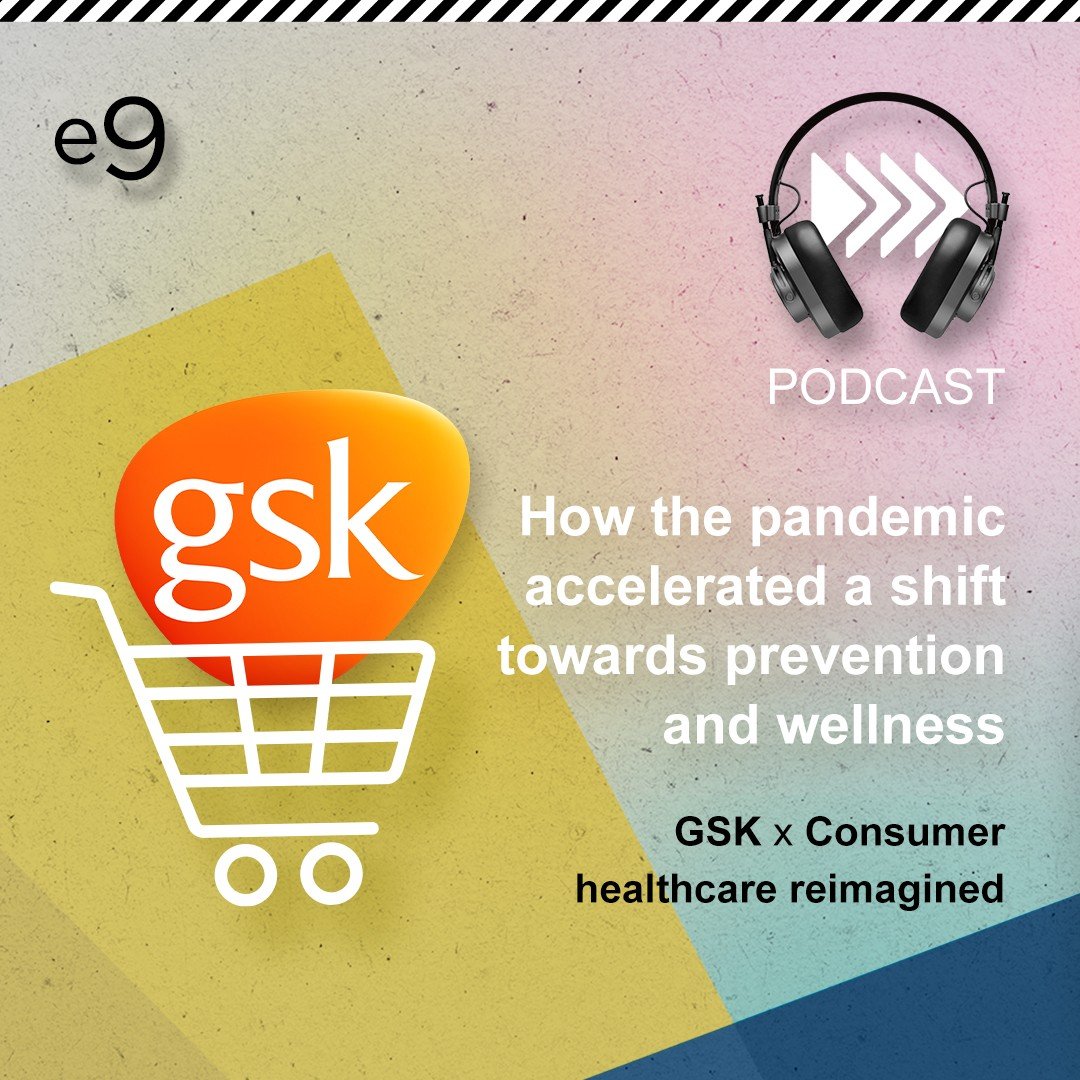Script
Farrell: When we think about brands, we generally think about whatever it is they sell. Apple sells phones and computers, Disney sells entertainment. McDonald’s sells fast food. But there is a key aspect to each of these that’s incredibly important to what they sell, that’s far less tangible: experience. Now there are a lot of brands that will sell you a computer or a phone, but few make the experience of buying one more memorable than Apple. From the glittering minimal design of their stores, talking to a genius, to the sound the box makes when you slide it open, the entire experience of Apple has been carefully curated.
As consumers are inundated with what they feel to be endless choices in the marketplace, experience can be a way for a brand to stand out and connect with consumers more deeply. Giving them a positive experience is a way to lead them out of decision fatigue and brand clutter. And that’s what we’re talking about today, Experience.
As part of a continuing series around Brand Religions, we’ll explore why and how some brands focus on the ‘Experience Religion’. But to start, let’s explore how we arrived at this new focus on experience, instead of just the product.
Frank: Actually, if you look at how marketing evolved throughout the past decades, initially companies – and sometimes in a company it’s also like that – they start from a product focus or back in the days, it was all about making strong products. Then there was this rise of bringing additional services to keep on making the difference. The brand tries to encompass all that, but more and more we focus on this customer centricity, customer experience element. So that means, in the ‘Experience Religion’, starting from that notion of the customer journey, which we often do, it means you have to think outside the core of your product or your core branded product.
Farrell: That is Frank Goedertier.
Frank: My name is Frank Goedertier, I’m a partner and a marketing professor at Vlerick Business School. I’m also one of the co-authors of the book, and therefore I’m happy to talk about the Brand Religions bookzine of course; and just interested in general in brand marketing, customer psychology and really trying to understand what the reason is why people buy brands or products.
Farrell: So, as Frank explained, when brands are trying to be customer-centric, they look at the full journey their customers go on. And throughout this journey, they want to ensure that there are positive brand touchpoints. These might be while buying the product, but they could also be while using the product. The idea is that it goes beyond features, value for money or price. It’s driven by creating a memorable experience. And research has shown that this works. The advantage of focusing on experience is that it makes it much harder to be copied. So let’s talk to someone who has seen this shift from product to experience.
Mauro: I am Mauro Oretti, and I’m in charge of marketing and commercial at SkyTeam. My title is Vice President Marketing and Commercial at the SkyTeam airline alliance in Amsterdam. I’ve been doing this for the last 11 years. Currently my scope is focused on four areas. One is the marketing, so brand and communication, one is the sales, one is the loyalty, and one is the lounges. And alliances typically focus on doing some things multilaterally to provide collective benefits to the members and to their customers, some things that members think are valuable for us to do. So not everything, but a select number of projects in these four areas.
Farrell: Mauro has a long history in the airline industry, but he spent a lot of that time at the airline alliance SkyTeam. So to start, we asked him to explain just what exactly an alliance is.
Mauro: So alliances started about 20 years ago, 23 in fact. The idea has been to bring together a number of airlines, in the case of SkyTeam it’s 19 airlines, and to do things together. The fundamental reason of creating an alliance was and still is to extend the network reach, so to have more destinations, to have more frequencies, and to have more connectivity – what is technically called network depth, breadth and density. Then on top of that, the loyalty piece came out, so the possibility to earn and burn miles on each other, to accrue and redeem miles on each other. The third piece was the lounges, so the possibility to enter lounges of each other worldwide. Then on top of that there was some brand building, so all three alliances spent some time in building the brand, and some commercial elements surfaced, the possibility to do some work, commercially, that makes sense for the airlines and that is competition-law-compliant, because of course sales is a very sensitive area. And then customer experience came about as a relevant area where alliances can add value.
Farrell: We’re here to discuss experience. So how did the airline industry, and specifically SkyTeam, come to embrace experience?
Mauro: Experience is king. The reason is that aviation has not always done a good job in this field. We have done an excellent job in flying safely, and I think a good job in making flying affordable, but the experience has not always been great.
Farrell: Now remember Frank mentioned a bit earlier that the focus on experience led companies to look at their customer journey. And his explanation of why that’s important helps us understand why the airline industry has also done it.
Frank: Companies that want to consider this ‘Experience Religion’ should think about a few questions. So if you think about this customer journey dimension, you have to wonder first: what do people want? Do they want a product journey, journey around your product? Probably not. They want a customer journey, that’s why we have the word ‘customer’ in there. So that means that the journey also might not stop at your product, so that you need to think a little bit out of the box, about maybe a meta brand building challenge, where we link to notions like ecosystem thinking, islands of competition, and maybe some kind of marketing positioning; a branding story is also increasingly needed there.
Farrell: Throughout this customer journey, there are key touchpoints where your customers interact with your brand, and Mauro said that is where SkyTeam focused their customer experience efforts.
Mauro: If you look at the customer journey, if you look at what a customer goes through between the moment that he or she goes to the airport and the moment they exit the airport, there are a number of important touchpoints that create the experience. From the moment of check-in, the baggage drop-off, the security, the immigration, perhaps the lounge if they have access to the lounge, the boarding, then there is the in-flight experience, then there is the disembarking, and then there’s the baggage delivery, and then all the loyalty frequent flyer miles posting etc. All of these create a journey, and some of these touchpoints are more delicate and more sensitive than others.
Farrell: And back to Frank again.
Frank: I think at the core it’s really thinking about: if you start from that customer journey perspective, what are the touchpoints we can find where we can create wow moments, where we can really actively manage expectations and maybe exceed expectations at some point.
Farrell: Mauro says this is definitely true for SkyTeam. There are certain touchpoints that stand out in defining the customer experience.
Mauro: So we know through research that, for example, security, immigration, boarding, baggage delivery are moments where the stress level is on the rise. And some of the touchpoints we control, like the in-flight, is entirely in the airline’s control. But some others we don’t; like security and immigration, we don’t. So it’s all about influencing as much as possible the experience along those touchpoints, so that it becomes a more pleasant thing.
Farrell: The challenge for SkyTeam when trying to create this seamless customer experience is that they work in a very fractured area. They have 19 different airlines, thousands of different airports, and then dozens of various governments they have to work with across this customer experience. Frank explained that this is an important consideration when trying to create an experience across brands and throughout the journey.
Frank: If you really believe in that ‘Experience Religion’, you have to give this consistent experience. People don’t want to hop from one product to another, ideally it becomes seamless. And maybe you can make a difference there by bundling forces and by thinking at the meta level of what this experience should be about. Of course somebody should take the lead, that’s the big challenge, somebody should set the stage. And then the challenge is indeed: your own product, you can control that quite well; but then your partner brands, how do you bring them in, and how do you create that win-win situation?
Farrell: So going beyond the conceptual, what has SkyTeam done to improve the experience of passengers?
Mauro: We have developed a range of products and services over the last 11 years that are aimed at making the journey better for passengers; I’ll just mention a few here, two or three. One is SkyPriority, it’s a product that is aimed at high-value customers, so first-class, business-class and elite-plus customers, so the higher tier of our frequent flyers. It is based along 8 touchpoints, consistently branded all over the world, over approximately 1,000 airports. So the high-value customer, wherever he or she is, can experience a consistent quality during these touchpoints that range from check-in to boarding to baggage delivery and others.
The second product we developed is called Sky Transfer. This is non-branded product yet, although we’re looking at branding it. It is composed of approximately 7 or 8 micro projects that range from interline through check-in. These are very technical things that customers don’t even see probably. But they are aimed at making transfers better. Because don’t forget that at SkyTeam we are fundamentally focusing on passengers that fly on multi-leg itineraries with multiple carriers. That’s the issue. Because of course airlines look at their own customers on their own method, and they focus less on the customers that then fly on different methods during their journeys. So that’s the role that SkyTeam plays.
Farrell: I am lucky enough to have worked with SkyTeam on their customer experience research for the last 5 years. And one thing I’ve heard them talk about repeatedly is empowerment. In essence, it’s about giving people who actually see those customers day to day the power to impact the experience of customers, to give them tools to actually do something for them. And the area where this is most important is what they call service recovery. When something goes wrong, that is the time when empowered staff can make the biggest difference.
Mauro: I have a personal obsession with service correction and service recovery, meaning that when everything is fine, when things go well, passengers are quite okay, they fly and that’s it. But if something goes wrong, that’s where the problem starts. So you need to acknowledge the problem, you need to solve the problem, meaning you need to take care of the problem. Sometimes you cannot solve them, but you cannot just ignore it. So there are two dimensions. One is the service dimension: you need to have the technical capability, the knowledge, the competence to solve if you can or find alternative solutions if you can’t, and go the extra mile. But then there is also another dimension which is the hospitality part. Sometimes just the listening, the human empathy, the solidarity that you can show is just as important; and there is something which we call the service recovery paradox.
Farrell: The service recovery paradox is a concept where a customer’s impression of a company is actually higher if the company has corrected a problem with their service, than if there had been no problem at all. In the airline context, you can imagine a situation where a technical malfunction means a flight is delayed. But the airline quickly rebooks the passenger on another flight, ensures their baggage is moved there, and offers them a complimentary lunch while they wait. The fact that the airline proactively took care of the problem and still made for a pleasant experience ends up making the customer even happier with the airline than if there had been no problem at all. In our Brand Religions bookzine, you can read more about this concept.
Mauro: If you measure satisfaction or actually loyalty in passengers that have experienced an irregular operation, have experienced a problem, and that problem has been either solved or addressed properly, the loyalty of this customer is actually higher than that of customers that have just had a normal flight, you know? So that’s the paradox. So why empowerment? Because frontline employees, they are low in the hierarchy of the airlines, they are among the lowest. However, they are making very important decisions that can make or break a relationship with the airline. They’re making decisions that can impact the extent to which these customers will fly again or not with that airline. So how do you deal with this contradiction? You deal through empowerment. You need to be able to allow these frontline people to take decisions. You need to accept that there may be mistakes. There are some examples in other industries, typically the hotel industry, where people require executive authorization to say ‘no’ to a customer. You are mandated to always say ‘yes’. Because that’s your role. And they need to have some monetary allowance to enable them to solve issues. Because the fact is that you can have the best food on board, the best in-flight entertainment, but if you fail during the moment of truth, when things go wrong, and customers are left at a loss, that’s the moment of truth that you need to be able to cater for.
Farrell: We also discussed the role of exclusivity in experience.
Mauro: Exclusivity is about status, and there are various views here. But generally speaking, the more exclusive experience in a touchpoint or a service or a product is, the happier the customer. I use here the paradox of the boarding in SkyPriority: on very busy routes that have a high percentage of high-value customers, you sometimes see that the SkyPriority lane, the priority lane, is longer than the lane of the economy passengers, traditionally. However, just the fact of being in that lane, just the fact of being perceived as an exclusive treatment has value in itself. So airlines have gone to great lengths, especially in the loyalty sphere, to hyper-segment the high-value customers with even hidden tiers, tiers that are not communicated externally but only the customer knows that they belong to this tier and they get exclusive benefits linked to this tier, which go from personalized call centers, people that take care of you in any situation, the promise of solving any kind of problem. So I would say that the exclusivity component needs to be linked or is linked in a way with the element of personalization; the more exclusive, the more personal the experience.
Farrell: The point of our discussion with Mauro was to focus on the long role customer experience has played at SkyTeam. However, it’s impossible to ignore the elephant in the room – the coronavirus. The pandemic has had a devastating impact on the airline industry. So Mauro also discussed with us how he sees the role of the alliance and the role of customer experience in this new context.
Mauro: I think I’ve never heard the word ‘unprecedented’ mentioned so many times as in the last few months. What has happened to the industry is in fact unparalleled. Nothing of this magnitude has ever occurred since the Wright brothers for the first time flew their prototype. There was a moment in May where 95% of the world fleets were grounded. This gives you a picture of how bad this has been and still is. We have worked with Star Alliance and Oneworld in an, again, unprecedented attempt to restore confidence. We have collaborated among competitors. We need to first create clarity on those elements, then we have to restore confidence on why flying is safe. A lot of people don’t fly because they think that flying is dangerous. Flying is not dangerous; being in an aircraft today is one of the safest places that you can be, COVID-wise. There are some things that airlines have done post-COVID, for example, they have intensified the deep cleaning of the aircraft, it is done in different ways, there is fogging, there are other methodologies. But there are things that are already there, and they’ve always been there on most of the aircrafts, the large majority of the modern aircraft. For example, there are filters that are enabling vertical air, which is designed to minimize any kind of contamination every 3 minutes; in most of the aircraft the air is changed entirely and the way seats are positioned is also a way to minimize the exposure: so it’s actually very safe to fly.
Farrell: We’ll have to wait to see how the situation impacts the customer experience for travelers long-term. Mauro believes this focus on safety will be a key part of the experience.
So, there we have it – brands can be more than a product, more than a service; they can be a memorable experience. And importantly, those experiences can be measured, so you know how well you’re doing.
For more information on the ‘Experience Religion’ or on any of the Brand Religions, check out our bookzines at insites-consulting.com.
This episode was edited by Katia Pallini. Mixing and tech production was done by me, Farrell Styers. Thanks to Mauro and the whole team at SkyTeam for taking the time for us. Thanks to Frank from Vlerick Business School for his insight into experience marketing. And thanks to you for listening.
If you want to find out more about InSites Consulting and our work, just go to insites-consulting.com/podcasts, or subscribe to our podcast on Soundcloud or Spotify.
